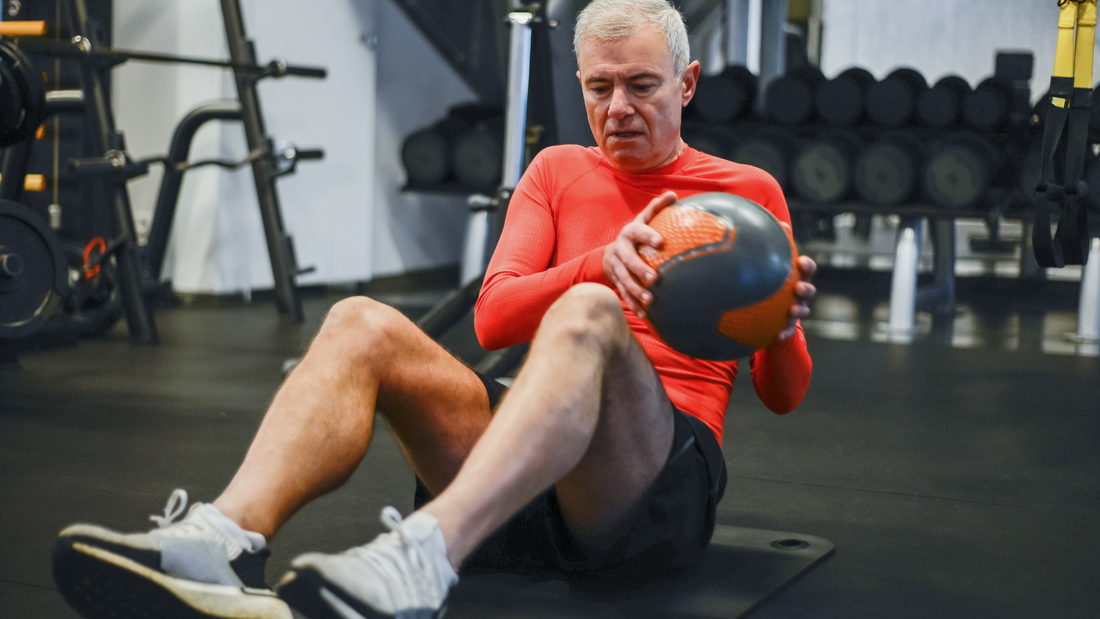 By: Dr. Beth Templin Many people think of balance as one big skill, however it can be broken down into 4 smaller areas: static, weight shifting, dynamic, and reactive. To ensure your balance is working to its fullest, you will want to make sure you are practicing activities in each of these sub-categories. Static balance happens when your feet are stationary, or not moving. We need this type of balance to stand for long periods of time, like when waiting in line, or brushing your teeth. Ways to challenge your static balance are to place your feet close together, stand on a squishy surface, close your eyes, add head turns, or arm movements. Think about the balance needed to reach into a cabinet overhead, reach down into the bottom drawer of a dresser, or to pick something up off of the floor. The second type of balance is Weight Shifting. This is when your feet are stationary, but the goal is to move weight from one leg to the other. Think of it like this - you have an hourglass with 1/2 of its weight in sand in each leg. In order to pick up your right foot, you need to shift all of the sand from your right leg into your left leg. This may seem like a simple task, but it actually requires quite a bit of strength and coordination. Every-thing from walking, to going up and down stairs, requires a weight shift to start. When people begin to struggle with weight shifting, they typically take shorter and smaller steps because they no longer feel confident shifting all their weight onto one leg. This leads to the shuffling gait we often see with aging. Just by practicing this skill, you can improve your strength and confidence again. Dynamic balance happens when you actually pick your foot up and move it. This would include all walking activities, going up and down stairs, and stepping over objects. Dynamic balance should be practiced in all directions (forward, backward, and sideways), at different speeds (slow, medium, and fast), on different surfaces (smooth, squishy, and inclines), and while multi-tasking. This, of course, leads to an endless number of exercise possibilities. The key to improving your balance is to find out where you are having difficulty and focus on those areas. Reactive balance happens when you unintentionally lose your balance and need to act quickly to recover it. This is a reflex, but can get better with practice. There are two ways to work on the reflex. The first is called volitional, or voluntary stepping. This can be accomplished by using an activity like Clock Yourself (which is available to download as an app on your phone). The premise is, you pretend you are standing in the middle of a clock face, with 12:00 directly in front of you, 6:00 directly behind you, 3:00 directly to your right and 9:00 directly to your left. You practice taking one large step to each of the numbers on the clock face in random order. The second type of reactive stepping is known as perturbation training. In this type of balance training, you are intentionally pushed off balance in order to force a stepping, or reaching strategy to catch yourself. We can safely perform this in our therapy sessions or with the use of our ActiveStep Fall Simulator in the gym. to ensure you are covering all the bases, it's good to have exercises from each category in your routine. -💗 Dr. Beth Check out Dr. Kim's exercise of the month for an example of a dynamic balance challenge! Comments are closed.
|
AUTHORDr. Beth helps adults 55+ maximize their independence and fitness, so they can continue to enjoy a full and active life. Archives
July 2024
Categories
All
|



 RSS Feed
RSS Feed
